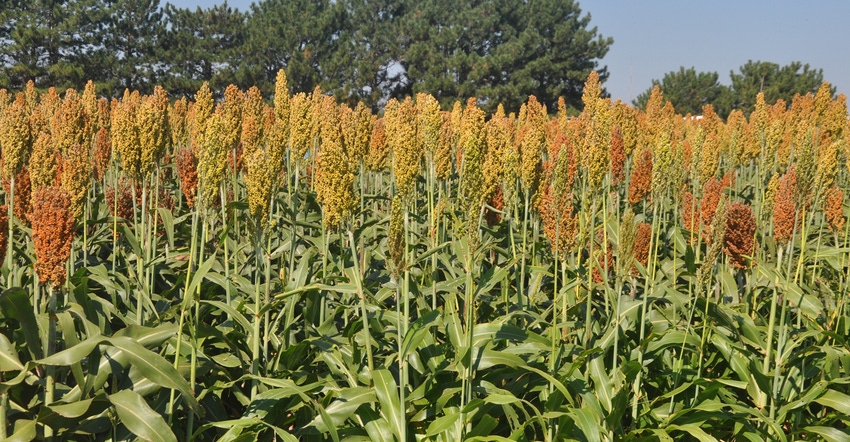November 1, 2017

It is hard to believe another harvest has come and gone. Autumn is one of my favorite times of year. The air is crisp and fresh, the leaves seem to be a different color every day and farmers quite literally reap the rewards of another year’s hard work.
Low prices can cast a cloud over this time of year, so it is ironic that farm program payments are made on Oct. 1, when the U.S. government’s new fiscal year begins. Sorghum farmers who chose Price Loss Coverage (PLC) received significant payments on Oct. 1, and because of this and that the farm bill debate is once again upon us. I want to urge farmers to engage in the discussion.
This year sorghum farmers collected $373 million in PLC payments. These payments averaged $62 per acre and flowed into 2,260 counties and parishes in the U.S. Of the total, $366 million, or 98%, was paid to farmers in Arkansas, Colorado, Kansas, Louisiana, Missouri, Nebraska, New Mexico, Oklahoma, South Dakota and Texas.
PLC is a countercyclical program. This type of program pays farmers when prices are low, so the threshold that defines a low price is very important to a countercyclical program’s functionality. Fortunately for sorghum farmers, the sorghum reference price is $3.95. While this may not completely compensate for the last several years’ price declines, for many farmers, $3.95 will help offset enough variable costs to make ends meet. Without a doubt, for sorghum farmers the PLC program and sorghum reference were solid features of the Agricultural Act of 2014.
How will the next farm bill look? I wish I knew! While every policy idea imaginable has already been discussed, analyzed and argued over, the fact is, the situation in Washington, D.C., is still much too fluid to make any firm predictions related to the next farm bill. This being said, National Sorghum Producers farmer-leaders and staff have been active in cultivating relationships and communicating sorghum farmer priorities on Capitol Hill. NSP believes a program that affords sorghum farmers protection in times of low prices is absolutely necessary to staying competitive in an increasingly global market.
Regardless of the content and timing of the next farm bill, American agriculture is fortunate to have in its corner many tireless champions as it begins to write the next farm bill. These champions include both the chairman of the U.S. House Committee on Agriculture, Rep. Mike Conaway (R-Texas), and the chairman of the U.S. Senate Committee on Agriculture, Nutrition and Forestry, Sen. Pat Roberts (R-Kan.). While these leaders combined have spent decades fighting for farmers, they cannot do it alone.
The unavoidable fact is elections are expensive and time-consuming. The average U.S. House race now costs $1.7 million to run because television and other media presences are a prerequisite. If pro-agriculture groups do not make their voices heard, other voices will ring out in support of these candidates instead. Many feel uncomfortable discussing politics and active engagement in political campaigns. This is understandable, so I urge farmers to find the medium of engagement that makes them most comfortable and join the discussion.
Ten of the top anti-agriculture nonprofits have combined budgets of $500 million. Production agriculture as we know it hangs in the balance. Join me in telling our story.
Cogburn writes from Abernathy, Texas. His Twitter handle is @nspchris.
About the Author(s)
You May Also Like




